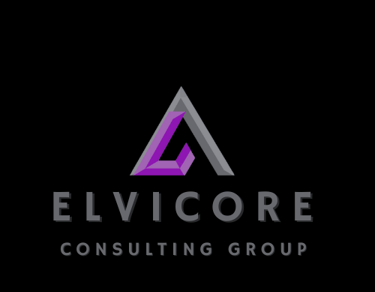Why Successful Leaders Plan for the Year, Not the Year!
Dr. Bruce Huntley
11/26/20241 min read


A few weeks ago, I was talking to a client about their approach to 2025. They shared that they preferred not to plan too far ahead, worrying that doing so might stifle their growth.
I told them this: Not setting strategic goals can accomplish the very thing you’re trying to avoid—missed opportunities and stifled innovation. Not knowing where you are going is bound to land you someplace else!
This is a common challenge for many leaders. As we grow in our careers or businesses, it’s natural to feel uncertain about the path forward. Yet without a clear strategy, we risk losing focus and falling into reactive patterns. That’s why it’s essential to distinguish between rigid, inflexible plans and adaptive, strategic planning.
Why does this distinction matter? According to leading research, planning isn’t just about timelines and to-do lists. It’s about integrating what your business is, what it should be, and what it can become. Strategic planning allows for alignment across teams, consideration of risks, and evaluation of progress. It’s a dynamic process, not a static checklist.
Here’s how you can stay strategic without falling into the trap of over-planning:
Focus on Objectives & KPIs: Define measurable outcomes to guide your decisions.
Involve Your Team & Stakeholders: Collaborative planning fosters buy-in and diverse insights.
Adapt Execution Plans Regularly: Set checkpoints to review and adjust plans based on real-time feedback.
Evaluate Risks Early: Anticipate challenges and build contingency options.
Stay Outcome-Oriented: Anchor every plan to your larger organizational vision.
Remember, successful leaders don’t plan the year; they plan for the year. This mindset ensures that strategic execution remains fluid, responsive, and aligned with long-term goals.
What steps will you take to ensure your planning remains strategic in 2025? If you need help or support, Let’s discuss!



